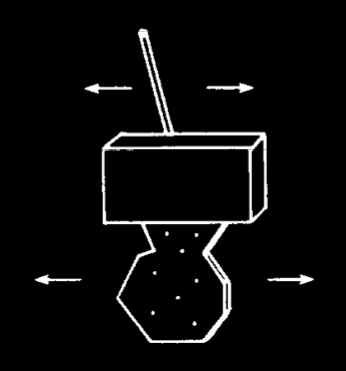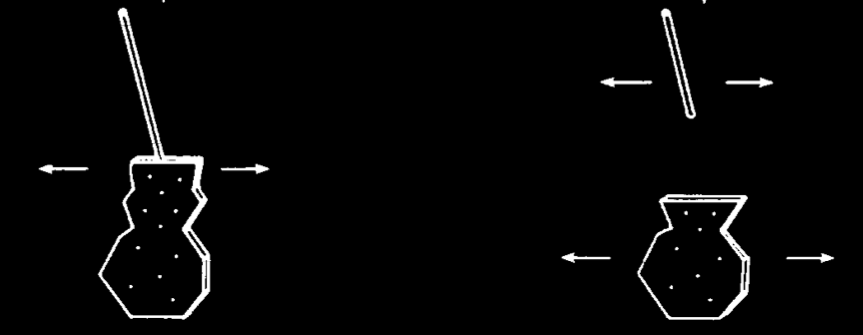Click here and press the right key for the next slide.
(This may not work on mobile or ipad. You can try using chrome or firefox, but even that may fail. Sorry.)
also ...
Press the left key to go backwards (or swipe right)
Press n to toggle whether notes are shown (or add '?notes' to the url before the #)
Press m or double tap to slide thumbnails (menu)
Press ? at any time to show the keyboard shortcuts
Notes and Slides
Ramiro’s Challenges
1. Why hold on to the idea that infants represent objects?
2. How is core knowledge about objects rediscovered during development?
1

Kellman & Spelke (1983, p. figure 13 (part))

Kellman & Spelke (1983, p. figure 13 (part))
‘there is always some sort of featural information available that could be used to distinguish events according to the numerosity of the involved objects: all perceptible numerical differences have corresponding featural differences’
Hildebrandt, Lonnemann, & Glauer (2020, p. 4)
Why was this kind of finding so convincing?
Distinction 1: logical possibility of an explanation vs test of competing hypotheses
2
[preliminary step]
✓
Postulating object indexes presupposes, and so cannot explain, object individuation (Hildebrandt et al., 2020)
‘object indexing [cannot] explain how a sensory input that is not yet structured into objects is processed in a way that enables object individuation’ (Glauer & Hildebrandt, 2021, p. 3845)
How to Represent Objects
1. There is a set of principles which can be used to implicitly define a* notion of object.
2. Starting with information about the arrangement and movements of surfaces in space, we attempt to:
specify the locations and boundaries of objects in such a way as to make all the priniciples true; and
specify cross-temporal identity relations in such a way as to make all the priniciples true.
Spelke’s Principles of Object Perception can be used to specify a model of physical objects.
There is a system of object indexes and the Principles characterise how the system operates.
The model is how relevant aspects of the world would have to be in order for the system of object indexes to be perfect. (It captures how things are from the point of view of the system.)
‘Individuation of [...] objects requires a concept of identity.’
(Hildebrandt, Glauer, & Kachel, 2022, p. 162)
‘3-year-old children [...] have severe problems understanding the identity relation that the key that opens the snake’s cage is the same as the key that opens the lion’s cage. The ability to understand this identity relationship develops as children become able to understand false belief.’ (Perner, Mauer, & Hildenbrand, 2011, p. 476).
But why think the adult system is already present in infants?
Because of the method of signature limits.
objects may also be represented motorically
implication
inconsistent triad
1. ‘there is always some sort of featural information available that could be used to distinguish events according to the numerosity of the involved objects: all perceptible numerical differences have corresponding featural differences’ (Hildebrandt et al., 2020, p. 4)
2. ‘If we are to distinguish object individuation from feature processing, we need to find tasks in which spatiotemporal identity criteria are used independently of features. An experimental paradigm [...] would thus have to exclude the possibility that the tasks are solved based on feature processing alone.’ (Hildebrandt et al., 2020, p. 7)
3. There is a broadly perceptual system which represents objects.